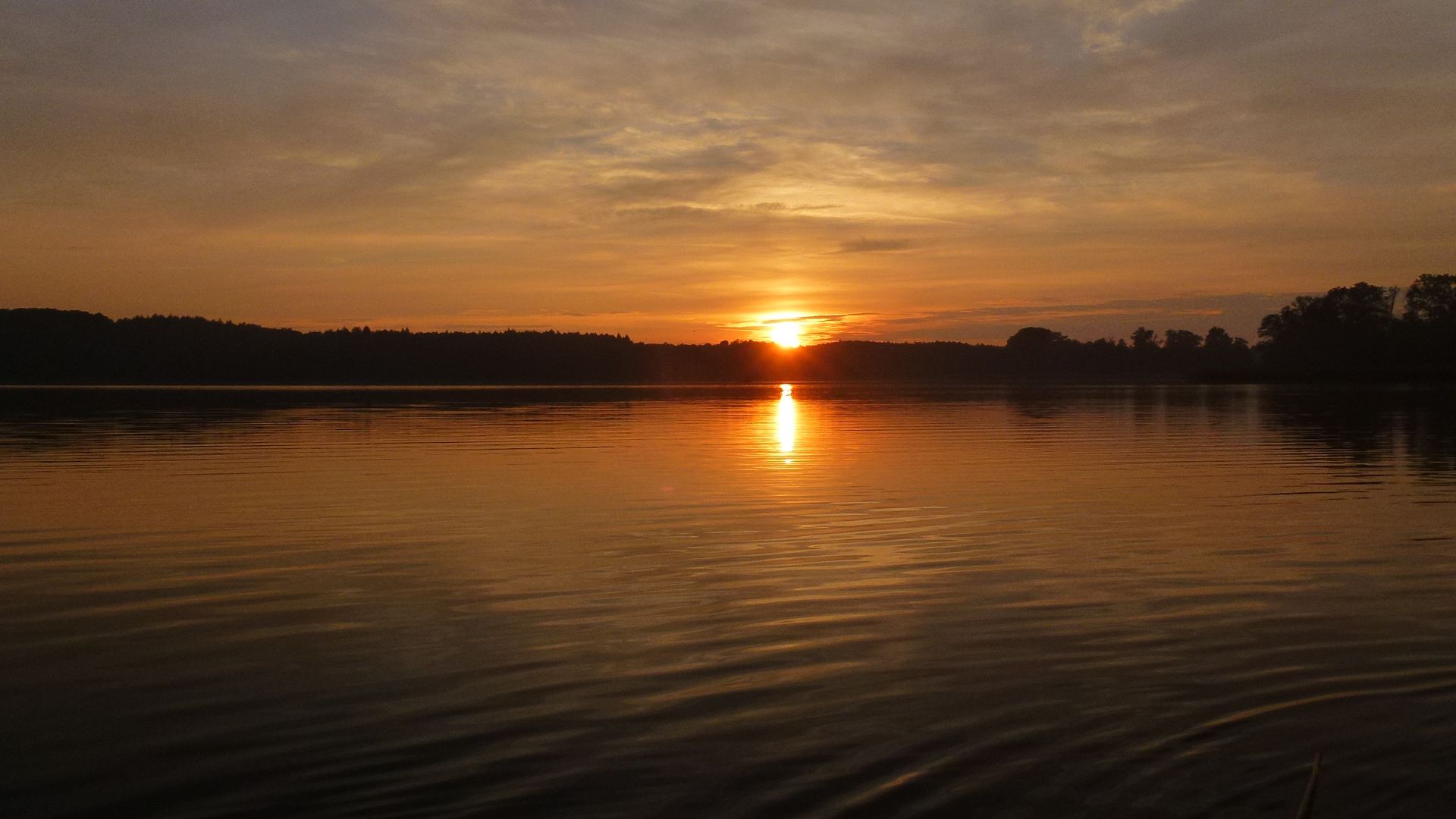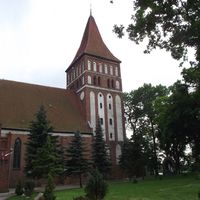Zalewo
7.3

Overview
The Zalewo Municipality, located in the Warmian-Masurian Voivodeship, in Iława County, is an urban-rural municipality with its seat in the town of Zalewo. In 2010, the municipality was inhabited by 7,365 people, and by 2019, this number had dropped to 6,763. The municipality borders the municipalities of Iława, Susz, Małdyty, Miłomłyn, and Stary Dzierzgoń. The area of the municipality is characterized by its hilly landscape and numerous lakes, which favor the development of agriculture, the main source of income for the residents. Within the municipality, besides the town of Zalewo, there are 29 localities, with the largest being Półwieś, Dobrzyki, and Jerzwałd. The municipality is well-connected thanks to voivodeship and county roads, and the distance to Iława is about 35 km. The history of the municipality dates back to 1945, when the collective municipality of Zalewo was established, which was then part of Morąg County. It underwent various administrative changes and was reactivated in 1973. From 1975 to 1998, the municipality was part of the Olsztyn Voivodeship, and since 1999, it has been functioning in Iława County. In addition to administrative aspects, the municipality is characterized by a rich cultural life, where regional traditions are important. The demographics of the municipality show that the population density is 30 people per km², which is well below the average in the voivodeship, and the migration balance is negative, indicating demographic challenges. An interesting fact is that in 1952, the municipality was divided into 13 gromadas (small administrative units), and in 1973, it also included localities that no longer exist today. Zalewo, as the seat of the municipality, is located on the Recovered Territories, which adds to the historical significance of the region. Agricultural land occupies a significant part of the municipality's area, which still influences its character. The municipality and its history reflect the social and administrative changes in Poland after World War II, while remaining a region with a rich cultural heritage.
Location
You can also find here:
2025 Wizytor | All Rights Reserved

